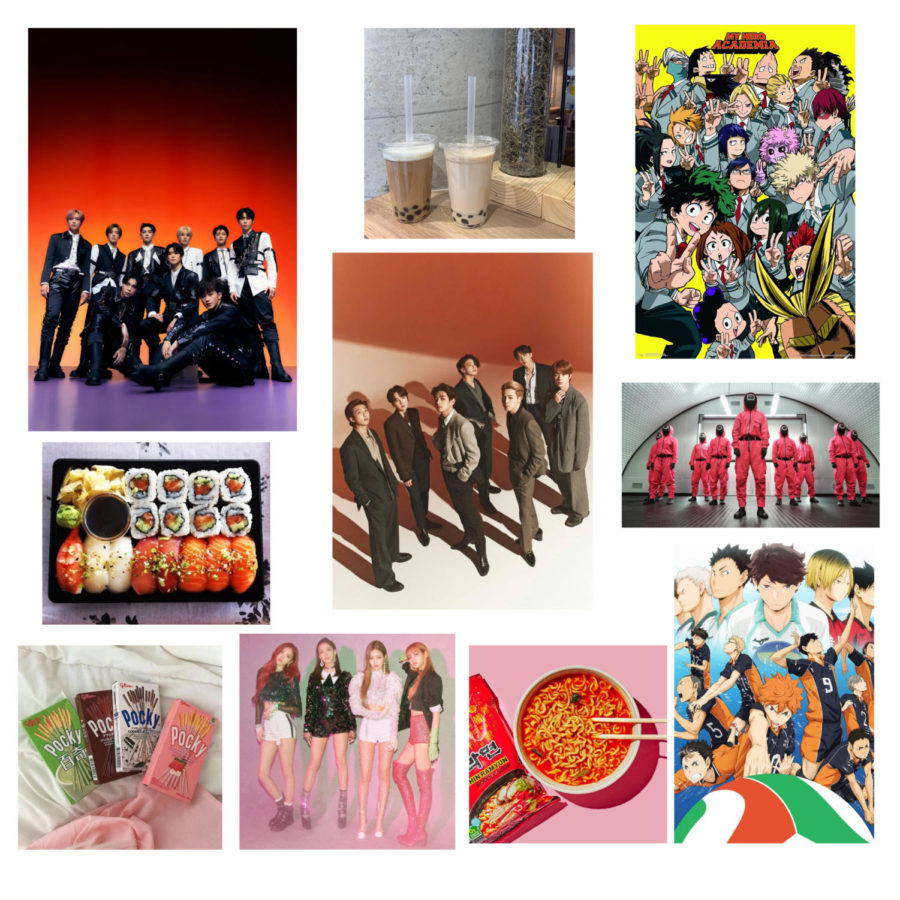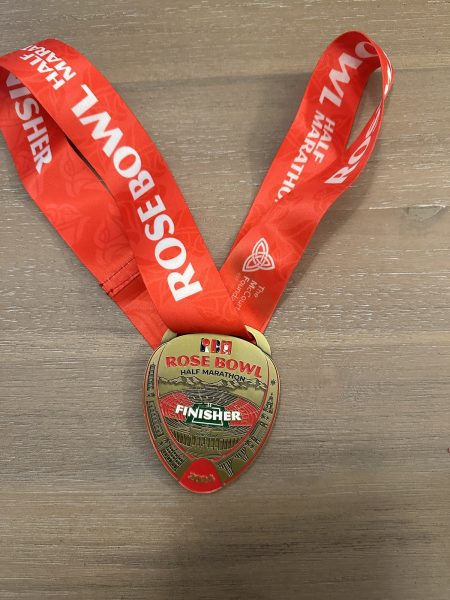The Rise of East Asian Influence in the Media
East Asian pop culture has suddenly seen an immense wave of popularity in western media.
March 29, 2022
Within the last few years, you may have heard of a few of these things: K-pop, anime, and boba. Although these are only a mere few of the most prevalent ones, these are examples of trending things that have drastically increased Asian influence in the media. From the Korean hallyu wave (a term for the immense wave of influence of Korean pop culture) to the drastic increase in popularity of Japanese anime, fundamental parts of Asian pop culture and trends have steadily climbed the ladder over the years. However, it seems that especially with the extra time provided during quarantine, these Asian pop culture trends have suddenly sky-rocketed in popularity.
Internationally, Asian pop culture trends and Asian cuisine have been enjoyed by many around the world for some time, but the U.S seemed to be contrastingly slow in accepting the foreign influence until recent years. In fact, Asian pop culture trends and cuisine were often—and still are—ridiculed by ignorant, racist perspectives in the States, from attacking K-pop with racial slurs to condemning Chinese food as only having foul odors to labeling Japanese anime as weird cartoons. Many foreign fans and many Asian-Americans who enjoy these things suffered from obscurity and ridicule for doing so, and for these groups it seemed unimaginable that Asian pop culture would have the influence it does today. Josephine Kim (11), was sympathetic with this experience, remarking that she “never thought [Asian culture would have] so much representation” as it does today. Still, she says that “especially since [Asian-Americans] are considered a minority, [she] love[s] to see many people appreciating Asian culture and learning [Asian] language[s]. It makes [her] feel appreciated and makes [her] feel welcomed into society.” Despite the narrow-minded views that have been prevalent in the States, it seems that the tables have turned, as Asian pop culture trends and cuisine now dominate much of the present western media.
Even those who do not keep up with Asian pop culture have heard of many notable names at the forefront of its conquest; K-pop bands such as BTS, NCT 127, and BLACKPINK (all of which have fluent English-speaking members), Korean films and dramas such as Parasite and the record-breaking Squid Game, Japanese anime such as Haikyuu!!, Jujutsu Kaisen, and My Hero Academia, and popular foods, such as boba, sushi, mochi, Korean BBQ, Pocky, Pho, ramen, and more. Some may try to dismiss these media monsters as fads, but there is no doubt that these trending names have earned and cemented their place in history through the tremendous accomplishments they have achieved and the rapid rate at which they have done so.
Ultimately, it is clear that in recent years, the U.S has never quite been impacted by foreign influence as quickly and as immensely as it has been by Asian pop culture, and this impact has marked a new progressive change for Asian-Americans in representation and appreciation of culture. Rather than Asian culture suddenly becoming “good enough” to be recognized more internationally—specifically in the U.S—it is more that the U.S is coming to realize the beauty and quality of Asian pop culture and goods. For all foreign cultures, not just Asian cultures, the U.S as the world’s biggest melding pot should learn to be more accepting and less stubborn in acknowledging that other countries can excel in many different areas, and appreciate their success.






















